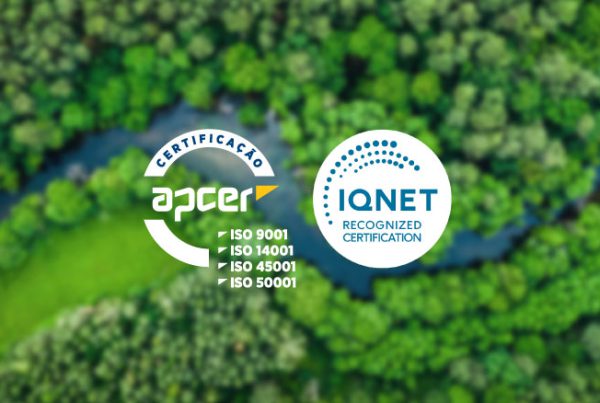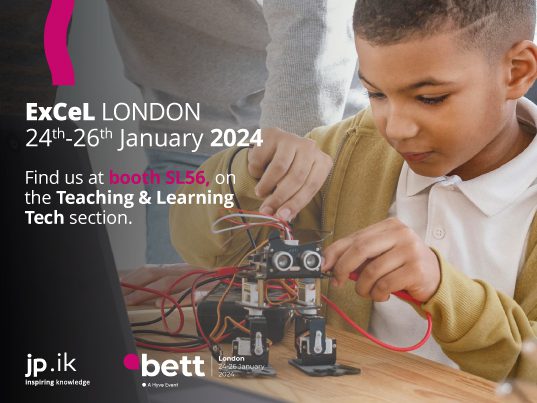Technology is transforming many spheres of human society. Alongside Education, technology has gradually evolved towards its meaningful integration in the access of information and the process of building knowledge.
This proximity between technology and education has revolutionized the classroom environment and the teaching/ learning experiences, leading to improve academic performance and learning experiences.
While a small group of conservative-minded individuals remain skeptical regarding the integration of technology in the classroom, the merits appear to be self-evident. The question now remains, how is technology best utilized in the classroom and what are the potential advantages? Among others and just to name a few are the skill of applying concepts to the daily life; improving retention rates; being competitive in the 21st century; learning at one’s own pace; and increasing time one-on-one between teacher and student.
One of the main arguments in favor of integrating technology in the learning experience is students should develop the skill of applying concepts to their daily lives with ease.
Technological skills are fundamental to be successful in the contemporary labour market. In the past, jobs that may not have had a technological component may have now.
Education is not just about memorizing facts and passing exams. Nevertheless, it has been noted applying technology in education helps students do retain the information better. For example, something simple as presenting material in PowerPoint form as opposed to the traditional textbooks can influence positively how much information students retain.
In this context, studies show the effectiveness of technology in improving retention rates. The results are impressive with an observed improvement on how much content the students remember.
Education is also about solving complex problems essential to a particular situation and being to work well with others (here we are talking about soft skills, such as communication, collaboration, team spirit).
Educational technology in the classroom assists the preparation of learners towards their futures and gives them the necessary tools to keep up this ever-changing and expanding digital economy.
The fact is, a huge part of their day-to-day lives is closely involved with technology, so bringing it to the classroom environment seems to be a natural progression.
Besides, for today kids technology is like a second nature. Therefore, eliminating technology from the learning environment would be like alienating a vital part of the learners’ skills.
Also in the rare scenarios where students are not tech-savvy, there is bigger cause to integrate technology in a meaningful way in the learning experience.
Both scenarios share a common and undeniable fact that is being competitive in the 21st century requires the need for technological delicacy.
Educational technology can assist students in studying at their own rhythm. For example, a big percentage of applications allow personalized learning. This means, learners have the opportunity to learn according their personal needs and abilities.
In addition, methods of teaching involving technology can also be allies for the teachers because it gives them ample time to work individually with students who may be struggling.
Nevertheless, one of the biggest challenges regarding the shift from centuries-old pedagogical methods to the needs and demands from the time we are living in is, in fact, the concern of being the first; meaning the initial case study.
Keep in mind the firsts are also something else: Pioneers!Â



